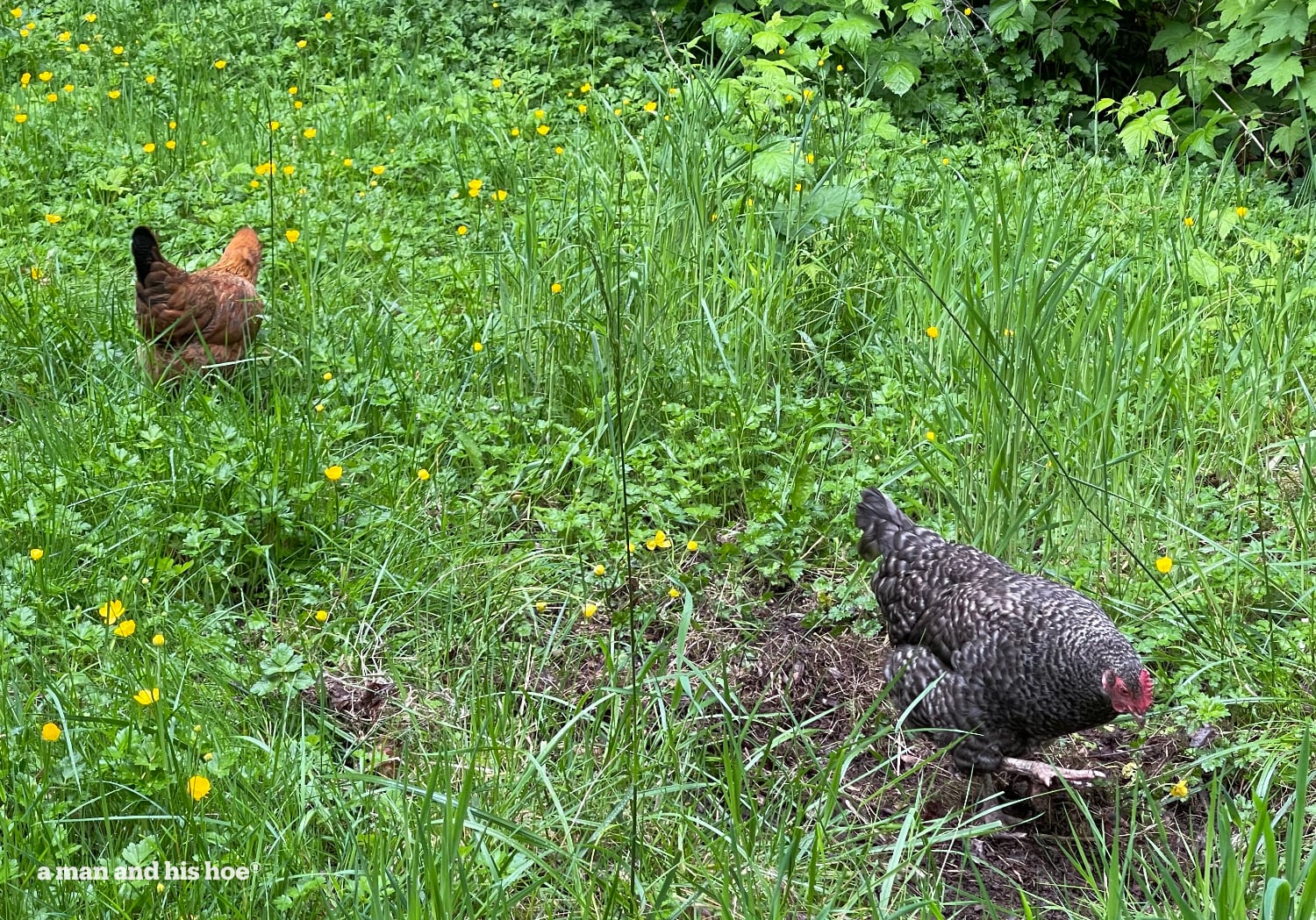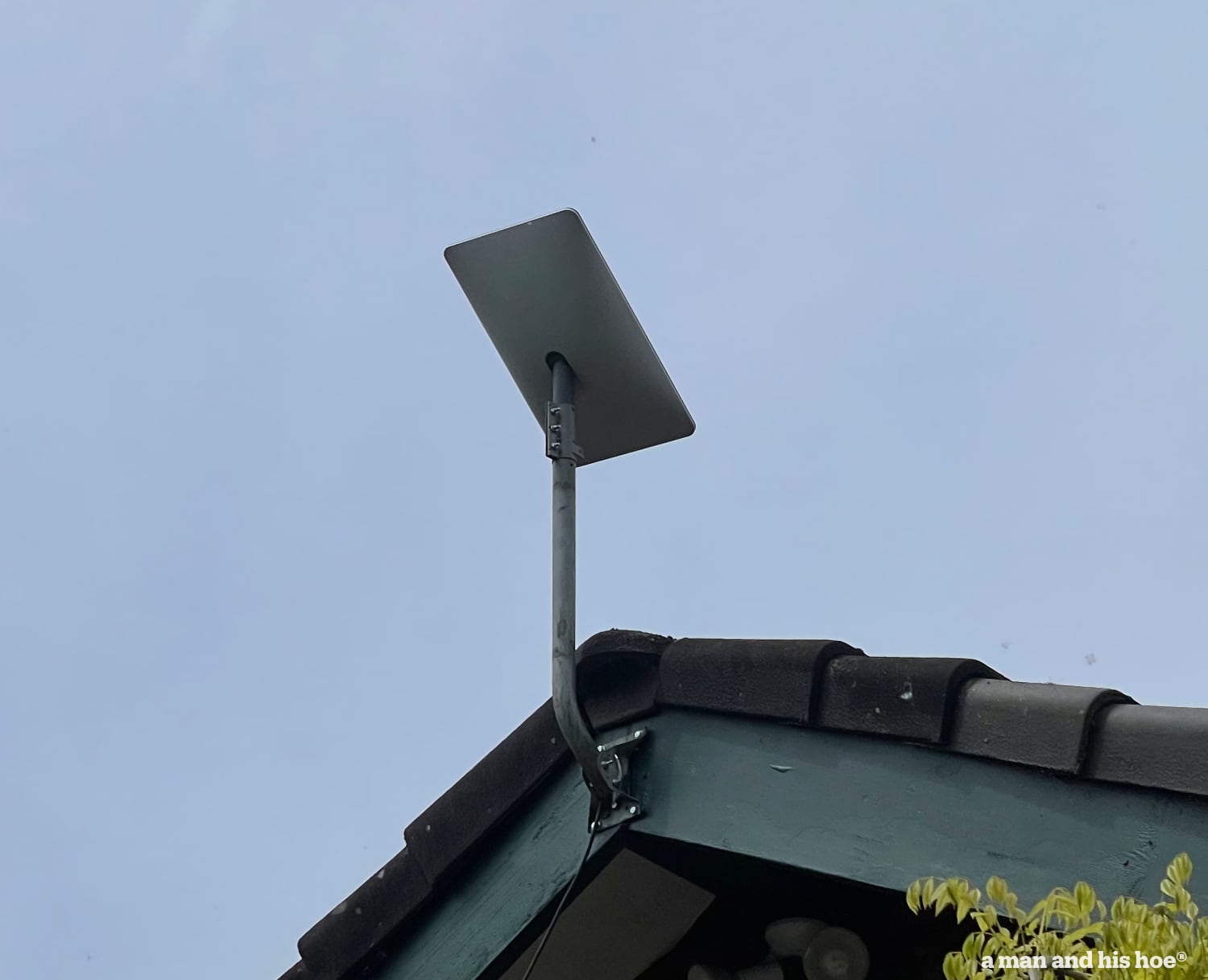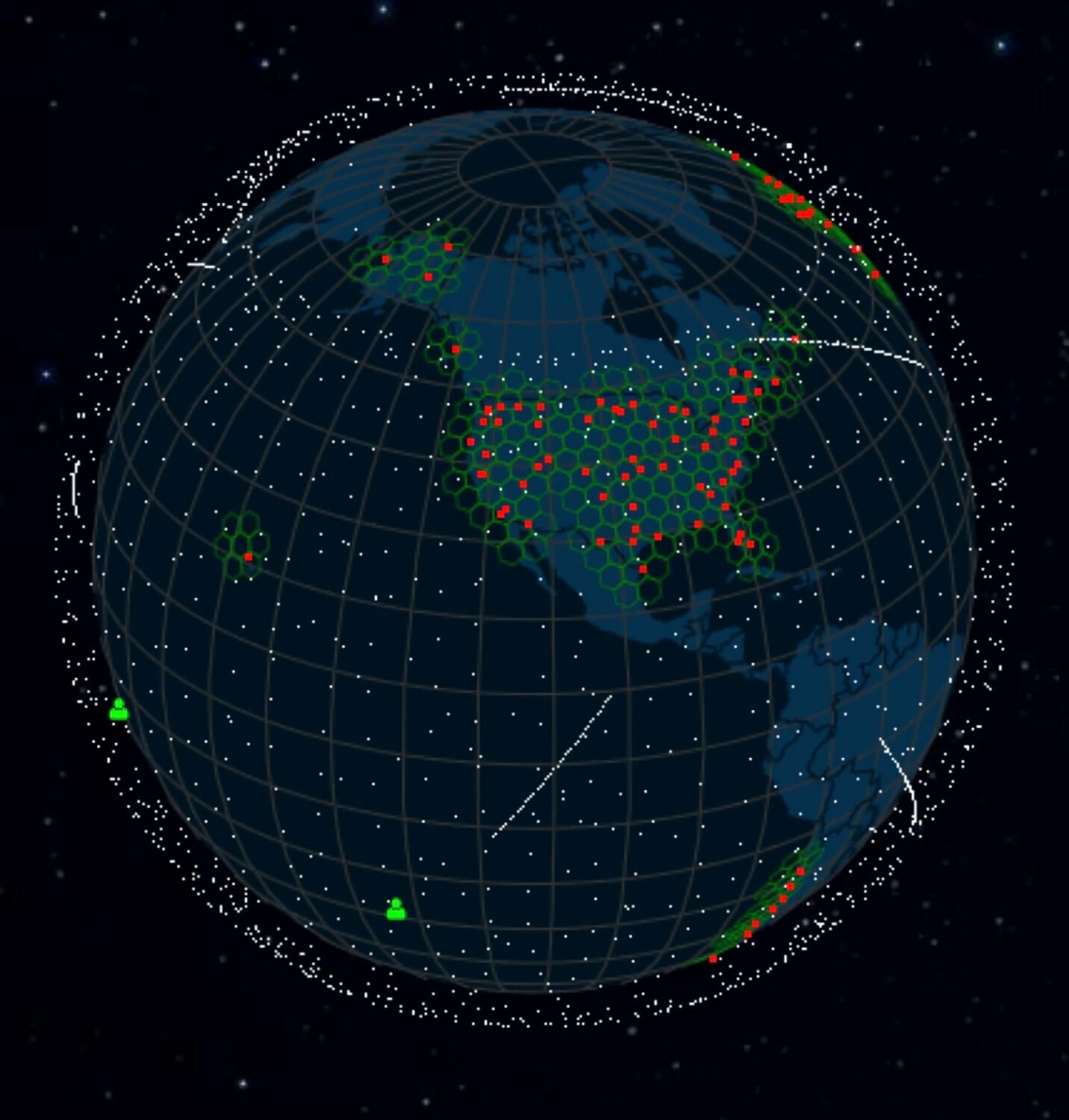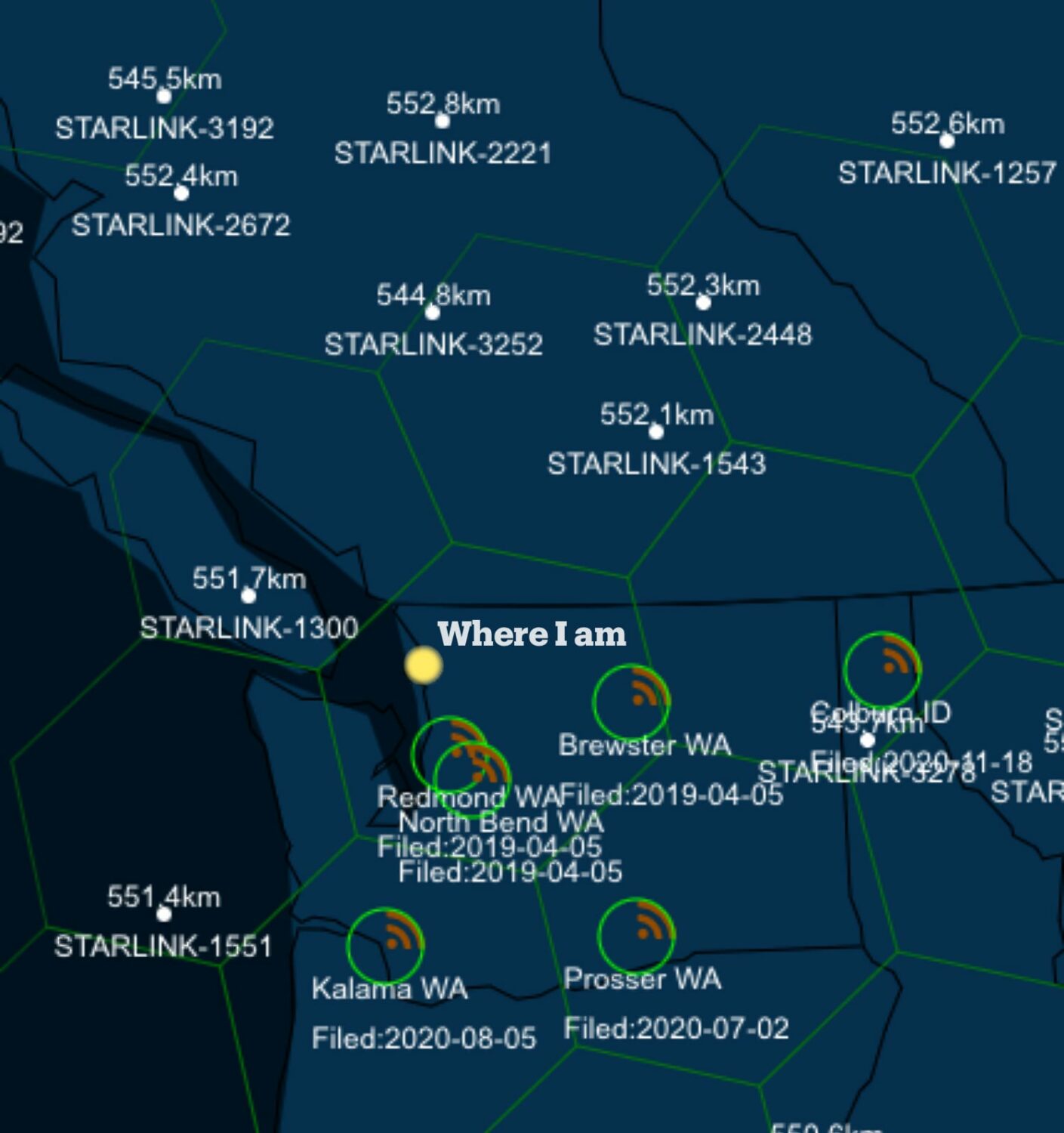Your cart is currently empty!
From Me to You

From me to you, a photo of a bee gathering nectar and pollen from a Thimble Berry flower. Cool weather still dominates here with the occasional warm, sunny day breaking the wet, cloudy days. I’m sure the bees are wanting warmer weather more than we humans.

Despite the cool spring, the bees did pollinate many of the cherry. The proof is the green cherry fruit where white cherry blossoms used to be.

And the three duck eggs in the second duck nest are now seven. So how many duck eggs will the ducks lay before they decide it is time to incubate them?

The chickens do enjoy foraging in the meadow. But the bob cat is back, so how much time to let the chickens roam is something to consider. Two nights ago the dogs were still out at 2 in the morning. It was too quiet. Something wasn’t right. I grabbed a flashlight and went looking for them. I found them at the gate, looking up at the archway. And on the top of the archway was a large bobcat.
When I aimed the flashlight at the bobcat, it jumped off the arch onto the roof of the garden shed and disappeared into the neighbor’s woods.
I did find it odd that the dogs were so quiet. Normally if they corner something in a tree like a squirrel or raccoon, they bark constantly. They were eerily quiet with the bobcat.
So how do these pictures get from me to you? When you look up into the sky, do you imagine that at some point the pictures I take were at some point radio waves bouncing around 550 kilometers (340 miles) up in the sky? They go further into space than the International Space Station.

So how do my words and photos get from me to you? I use my iPhone to take the photos. I edit the photos and words on my MacBook. From my MacBook the words and photos get beamed as radio waves from our StarLink antenna to a StarLink satellite orbiting the earth. From there they get beamed back to a StarLink ground station and sent to our host company’s servers, and sent on to you.

This morning, there are 1,877 functioning StarLink satellites orbiting the earth. Each one circles the earth in 90 to 95 minutes. Which means they are overhead for just a few minutes. If I could grab a tether from one, I could be in Tokyo in 12 minutes.
Every little white dot is a StarLink satellite orbiting the earth. The long strands of satellites are recently launched satellites which are still climbing. As they reach their final orbiting height they will spread out and blend in with all the other orbiting satellites.
The hexagon cells are areas where StarLink provides service.

Our StarLink antenna tilts north, so it mostly communicates with StarLink satellites zipping across southern British Columbia. Which in turn communicate with ground stations in places like Redmond, North Bend, and Brewster. And this happens in millionths of a second.
So that is how my words and pictures get to you.